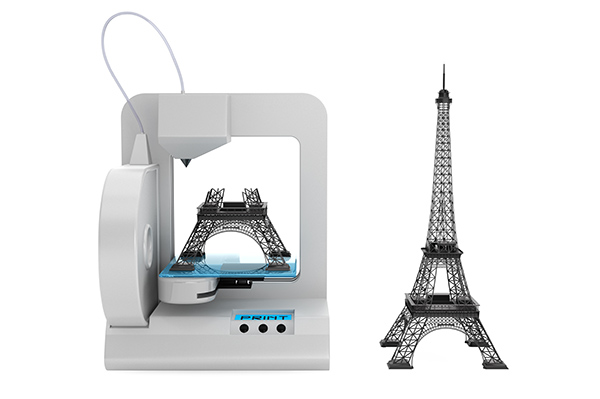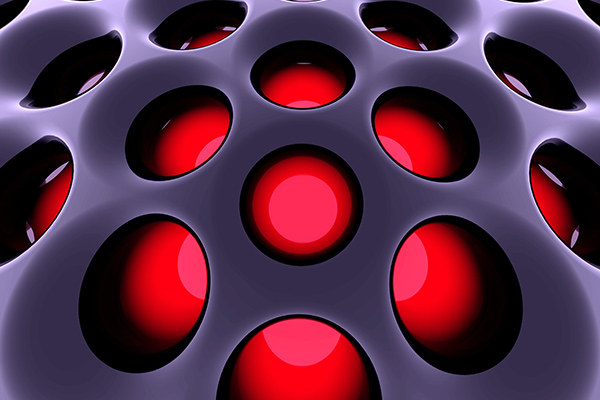
3d Printing
3D printing is a process in which a physical, three-dimensional object is formed from a digital layout. It is also known as additive manufacturing (AM), where the material is added to form an object. The product can be of almost any shape or geometry and it can be made of various materials such as metals, plastics or even cells and skin.
In 3D printing, the material is sequentially deposited (layer by layer) onto a bed. This can be performed on various bases and even former inkjet printer heads were adopted for it. Nowadays, the process is based on extrusion deposition, selective sintering of powders, melting, photopolymerisation, photohardening and other techniques. Traditional techniques such as injection molding are less expensive for manufacturing polymer products in high quantities. However, 3D printing can be faster, more flexible and less expensive when producing relatively small quantities of parts.
Some people believe that 3D printing will cause the third industrial revolution. With commercially affordable 3D printers available for our homes, we will be able to print almost everything - for example spare parts for our homes. It is said that in the near future, advanced 3D printers will be able to manufacture products such as medical implants, cars or buildings.
In 3D printing, the material is sequentially deposited (layer by layer) onto a bed. This can be performed on various bases and even former inkjet printer heads were adopted for it. Nowadays, the process is based on extrusion deposition, selective sintering of powders, melting, photopolymerisation, photohardening and other techniques. Traditional techniques such as injection molding are less expensive for manufacturing polymer products in high quantities. However, 3D printing can be faster, more flexible and less expensive when producing relatively small quantities of parts.
Some people believe that 3D printing will cause the third industrial revolution. With commercially affordable 3D printers available for our homes, we will be able to print almost everything - for example spare parts for our homes. It is said that in the near future, advanced 3D printers will be able to manufacture products such as medical implants, cars or buildings.
Social Impact: If people will be able to print many products by themselves, it will have an impact on the global market, traffic, employment and the society in general.
3d Printing And Medical Care: It may be possible to print parts for our bodies such as spare organs. However, it is an ethical question, if this is a natural part of our evolution or not and how we are dealing with it as a society.
Dangerous Products: It is said that people can produce hazardous objects such as weapons using 3D printers. However, there are diverging opinions on whether this is a real or unreasonable threat.
3D printing, Additive manufacturing, Rapid prototyping, Medical implants, Ethics, Printed guns





